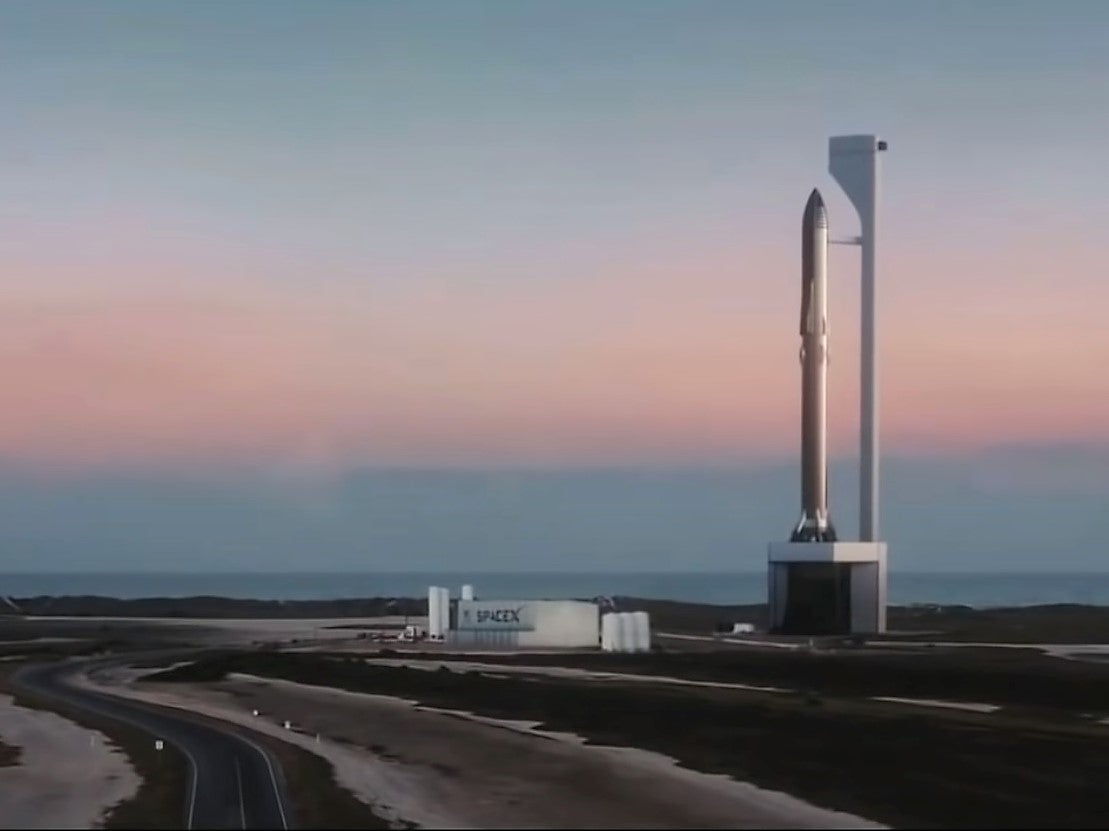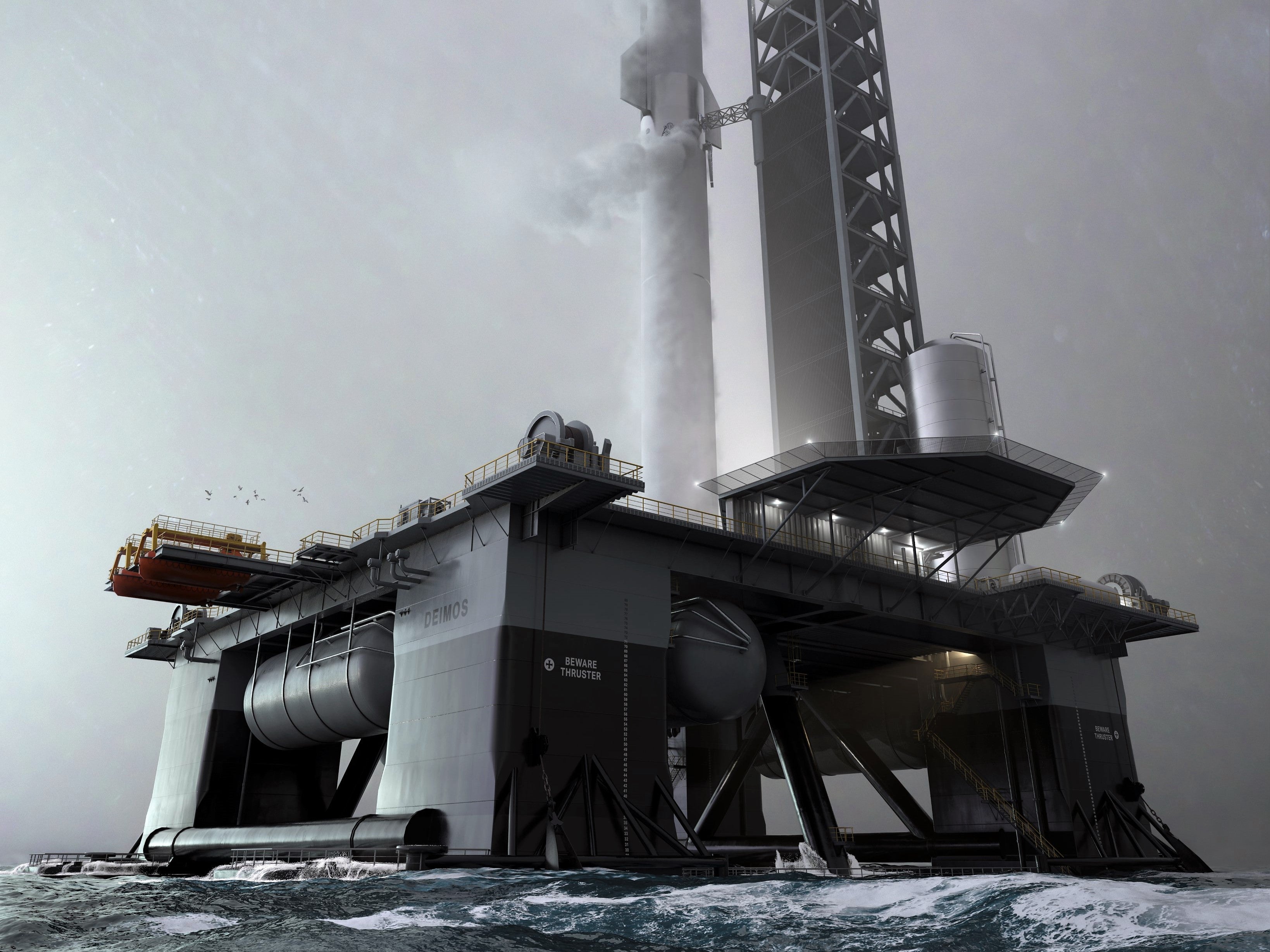Starship SN16 launch tower nearly ready for next major test of Mars-bound rocket
Elon Musk hopes biggest structure he’s ever built will be ready this month

Your support helps us to tell the story
This election is still a dead heat, according to most polls. In a fight with such wafer-thin margins, we need reporters on the ground talking to the people Trump and Harris are courting. Your support allows us to keep sending journalists to the story.
The Independent is trusted by 27 million Americans from across the entire political spectrum every month. Unlike many other quality news outlets, we choose not to lock you out of our reporting and analysis with paywalls. But quality journalism must still be paid for.
Help us keep bring these critical stories to light. Your support makes all the difference.
SpaceX has made significant progress towards the next Starship launch, which will see a prototype of the Mars-bound rocket perform its first ever orbital flight.
Starship SN16 is expected to launch later this month from SpaceX’s Starbase facility in Boca Chica, Texas, before flying for around 90 minutes and landing off the coast of Hawaii.
The next major phase of tests for Starship will involve a 70-metre tall Super Heavy booster stage, capable of delivering the 50m spacecraft into orbit.
In order to stack Starship SN16 on top of the booster, SpaceX is building a 122m launch tower, with the latest images of the launch site revealing that it is more than 50 per cent complete.
It is the largest structure SpaceX has ever built and will eventually form the model for future “ocean spaceports” that Elon Musk plans to build next year.
The SpaceX boss said last month that a network of offshore platforms will be built around the world to serve Starship, with two disused oil rigs already being converted in the Port of Brownsville in Texas.
Only one of the high-altitude flight tests performed so far ended without an explosion, with Starship SN15 finally touching down without incident in early May.
SpaceX has not published a rigid timetable for the next phase of Starship testing but revealed in March that it planned to complete the first orbital test flight by July.
The first commercial mission is already planned for 2023, involving a flyby loop around the moon with paying passengers onboard.

Mr Musk previously expressed his hope that trips to Mars could take place as early as 2024 or 2026 – with both years being when Mars and Earth are at their closest – though the tech billionaire is known for his overly optimistic projections.
A fully self-sustaining human colony on Mars is planned by 2050, with hundreds of Starships supplying the cargo and people to populate it.
“We need to have a big permanently occupied bas on the Moon, and then build a city on Mars and become a space-faring civilization,” Mr Musk said in April.
“We don’t want to be one of those single planet species, we want to be a multi-planetary species.”
SpaceX has already secured a multi-billion dollar contract with Nasa to facilitate the development of Starship for the US space agency’s Artemis mission to the Moon in 2024.


Join our commenting forum
Join thought-provoking conversations, follow other Independent readers and see their replies
Comments